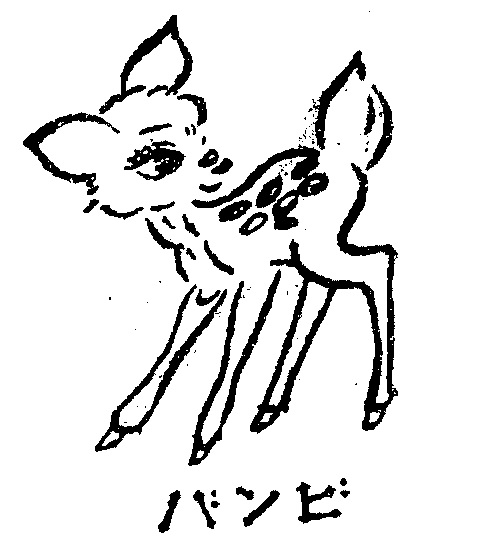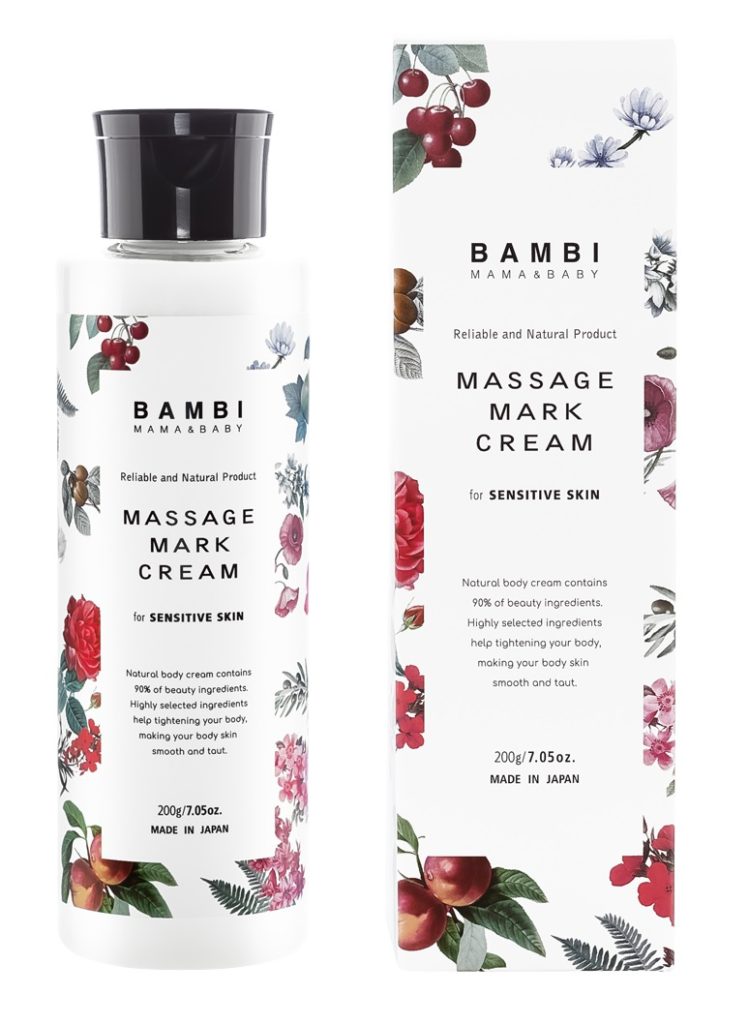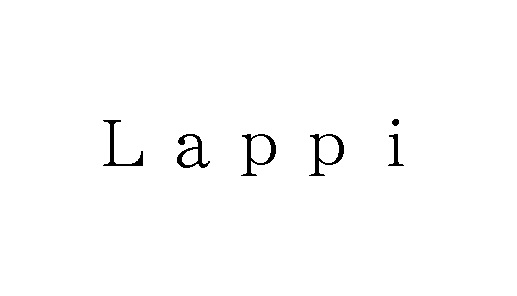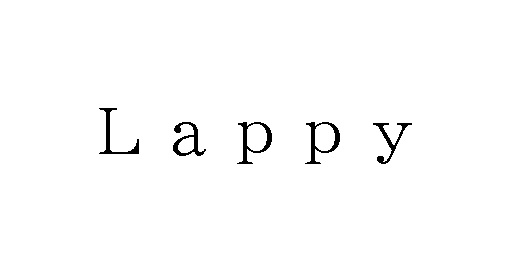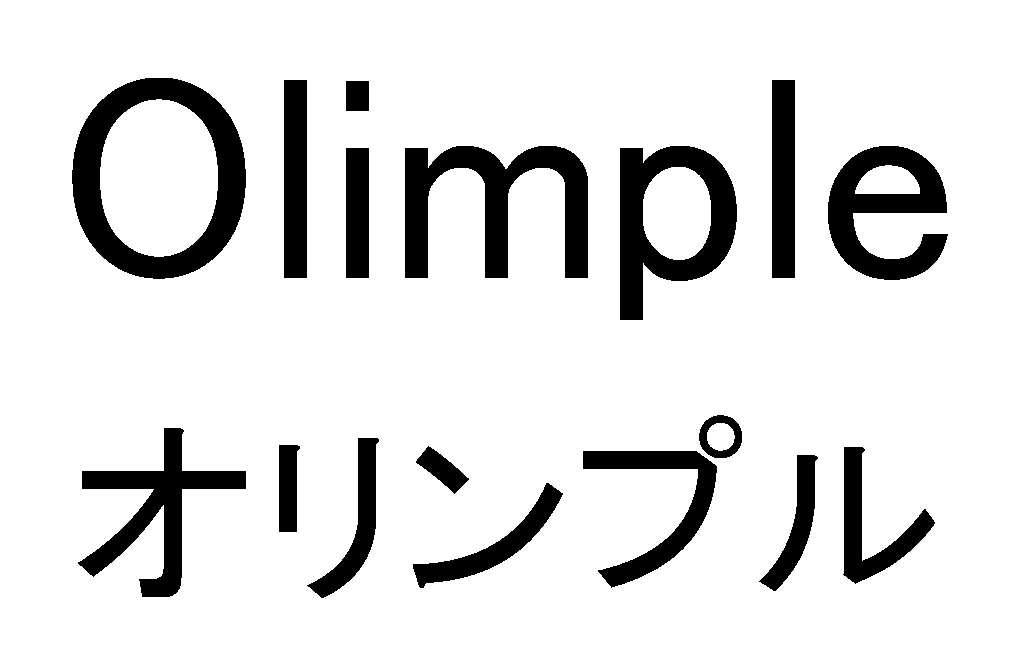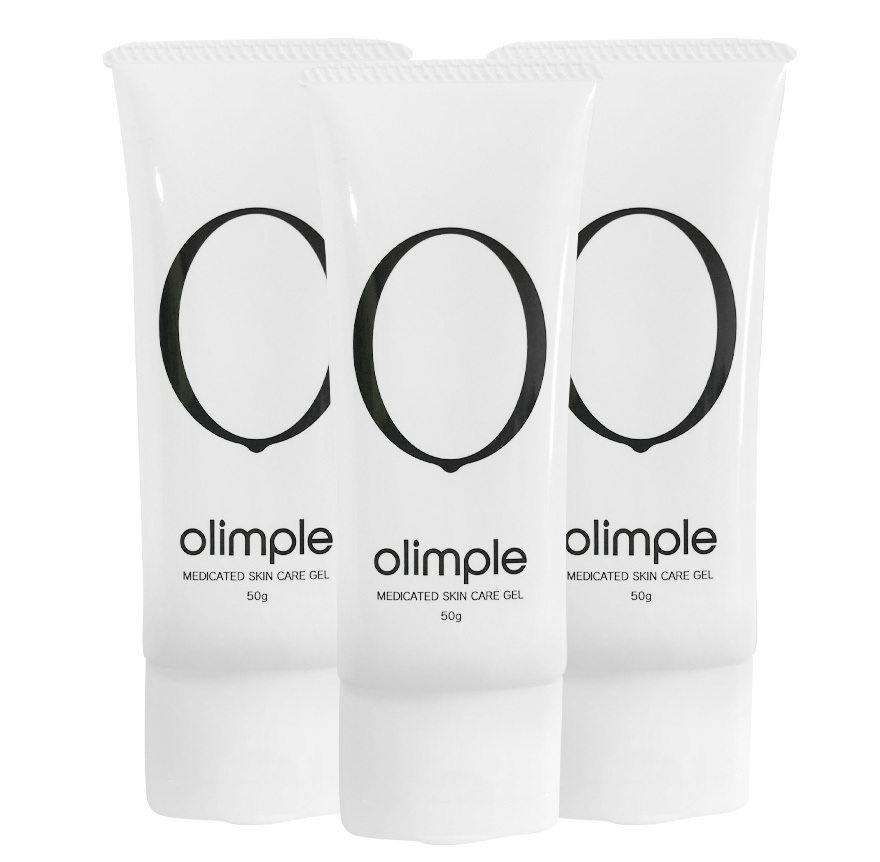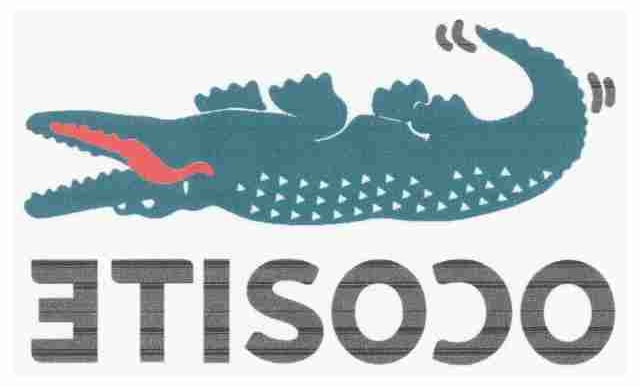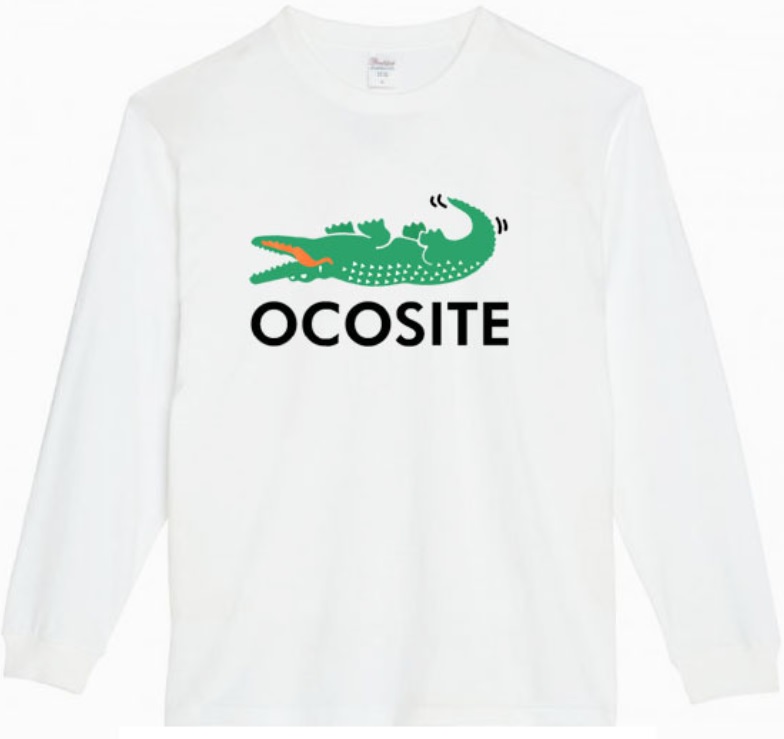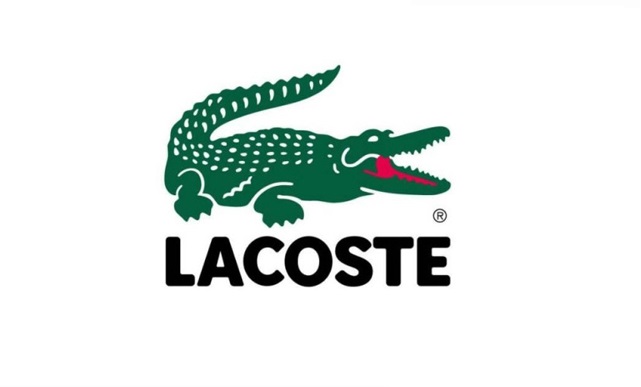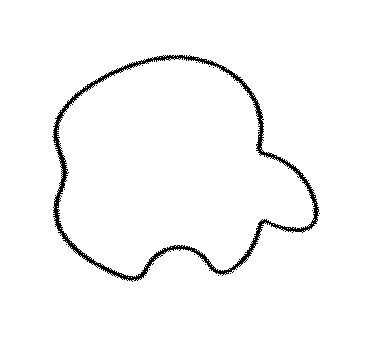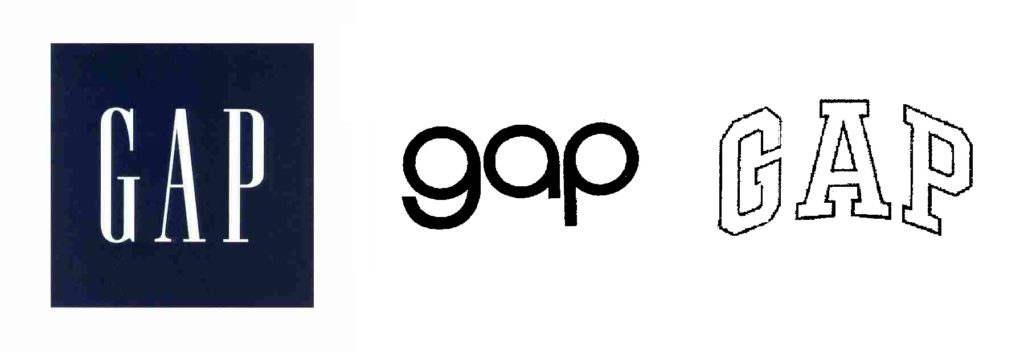The Japan Patent Office (JPO) dismissed a trademark opposition claimed by INDITEX, S.A. against TM Reg no. 6423743 for the wordmark “ZARAHA” by finding dissimilarity of the mark and unlikelihood of confusion with a famous fashion brand “ZARA”.
[Opposition case: 2021-900373, Decision date: September 8, 2022]ZARAHA
ZARAHA BEAUTY CO., LTD., a Japanese company, filed a word mark “ZARAHA” in standard character for use on beauty care cosmetics and preparations (cl. 3); retail services for beauty care cosmetics (cl. 35); beauty arts instruction (cl. 41); aesthetician services, beauty salon services (cl. 44) with the JPO on October 15, 2020 (TM App no. 2020-127458).
The applicant opens the ZARAHA BEAUTY shop in Tokyo to provide beauty salon services. Click here.
The JPO granted protection of the applied mark on July 6, 2021, and published for opposition on August 24, 2021
Opposition by INDITEX
Inditex, S.A., an international fashion manufacturer, and distribution group filed an opposition against the wordmark “ZARAHA” by citing its flagship brand “ZARA” on October 21, 2021.
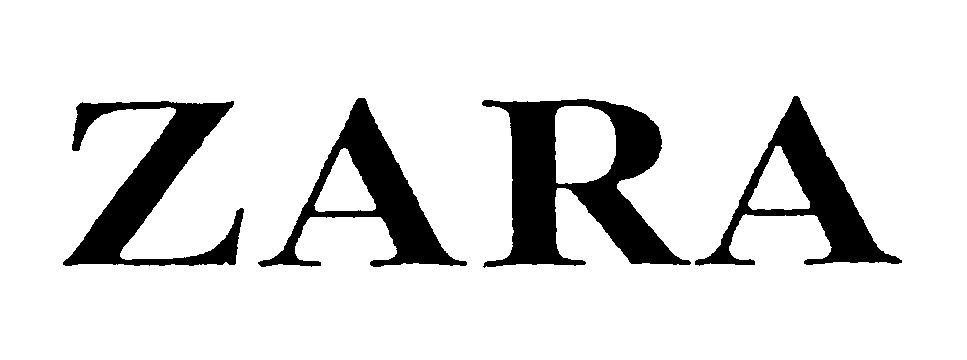
Inditex argued the opposed mark shall be canceled in contravention of Article 4(1)(xi) and (xv) of the Japan Trademark Law by taking into consideration the remarkable reputation of “ZARA” as a famous fashion brand, resemblance of both marks, and close association between apparels and cosmetics, beauty care-related services.
JPO Decision
The JPO Opposition Board admitted a certain degree of the reputation of the mark ZARA as a source indicator of the opponent’s apparel. However, the Board questioned if “ZARA” has acquired a substantial degree of popularity among relevant consumers of the goods and services in question from the totality of the produced evidence.
Besides, the Board found that “ZARAHA” and “ZARA” shall be easily distinguishable in appearance and pronunciation. Conceptually, both marks are not similar because they do not give rise to any specific meaning. Therefore, the Board has a reason to believe both marks are dissimilar.
Given that “ZARA” has not become famous among relevant consumers of the goods and services in question, and a low degree of similarity between the marks, it is unlikely that the consumers confuse a source of cosmetics and beauty care-related services bearing the opposed mark “ZARAHA” with Inditex.
Based on the foregoing, the Board dismissed the entire allegations and decided that the opposed mark shall remain valid as the status quo.

